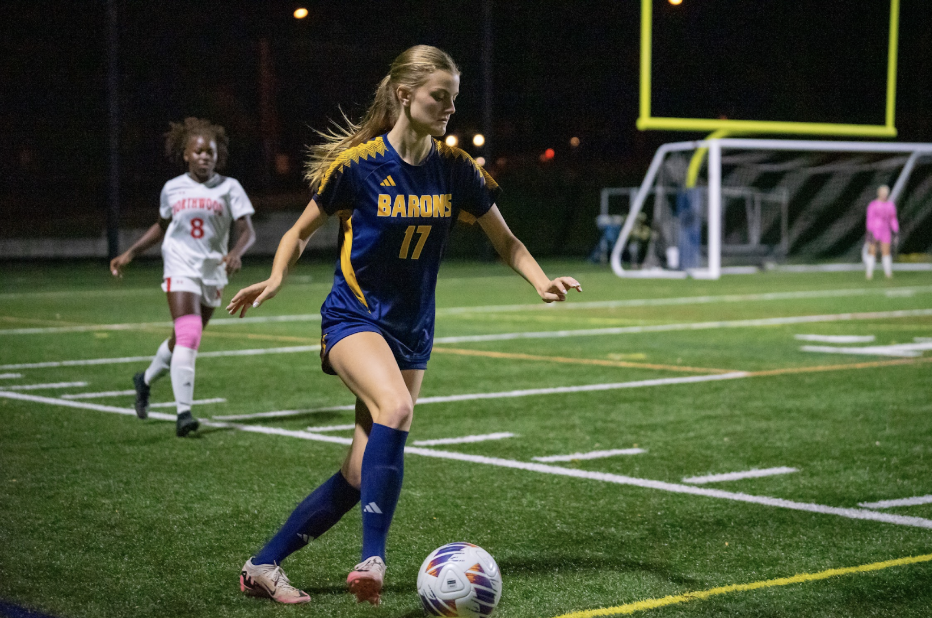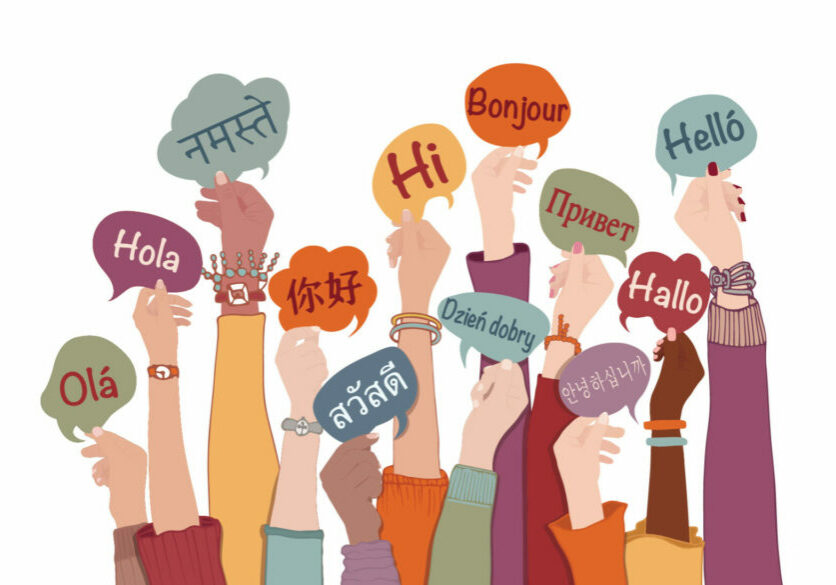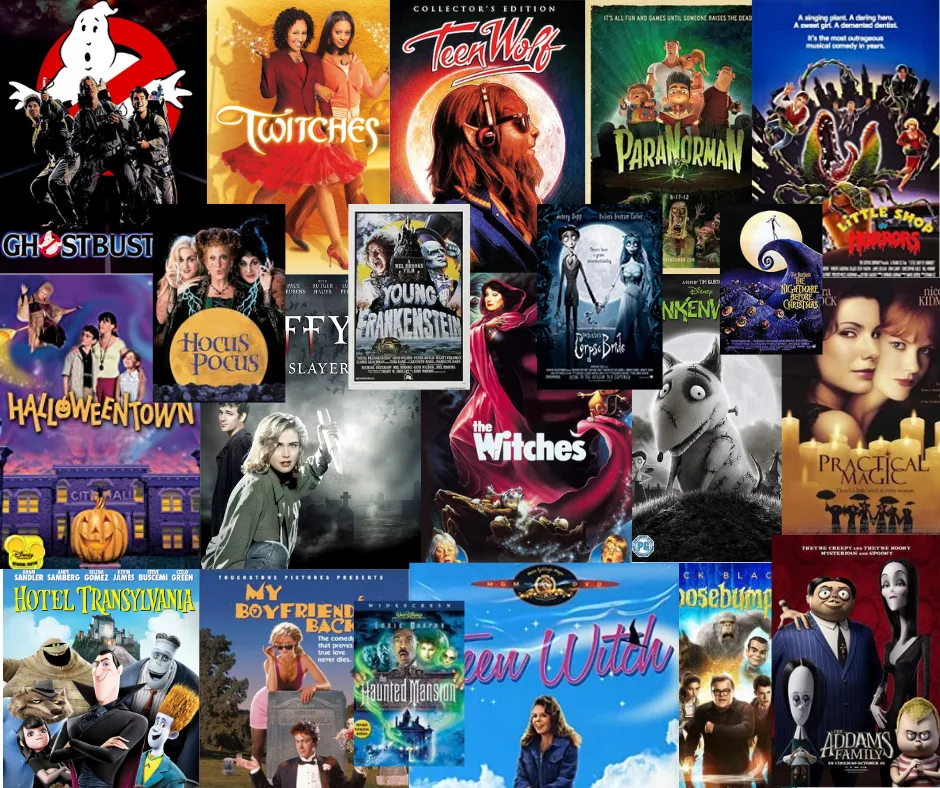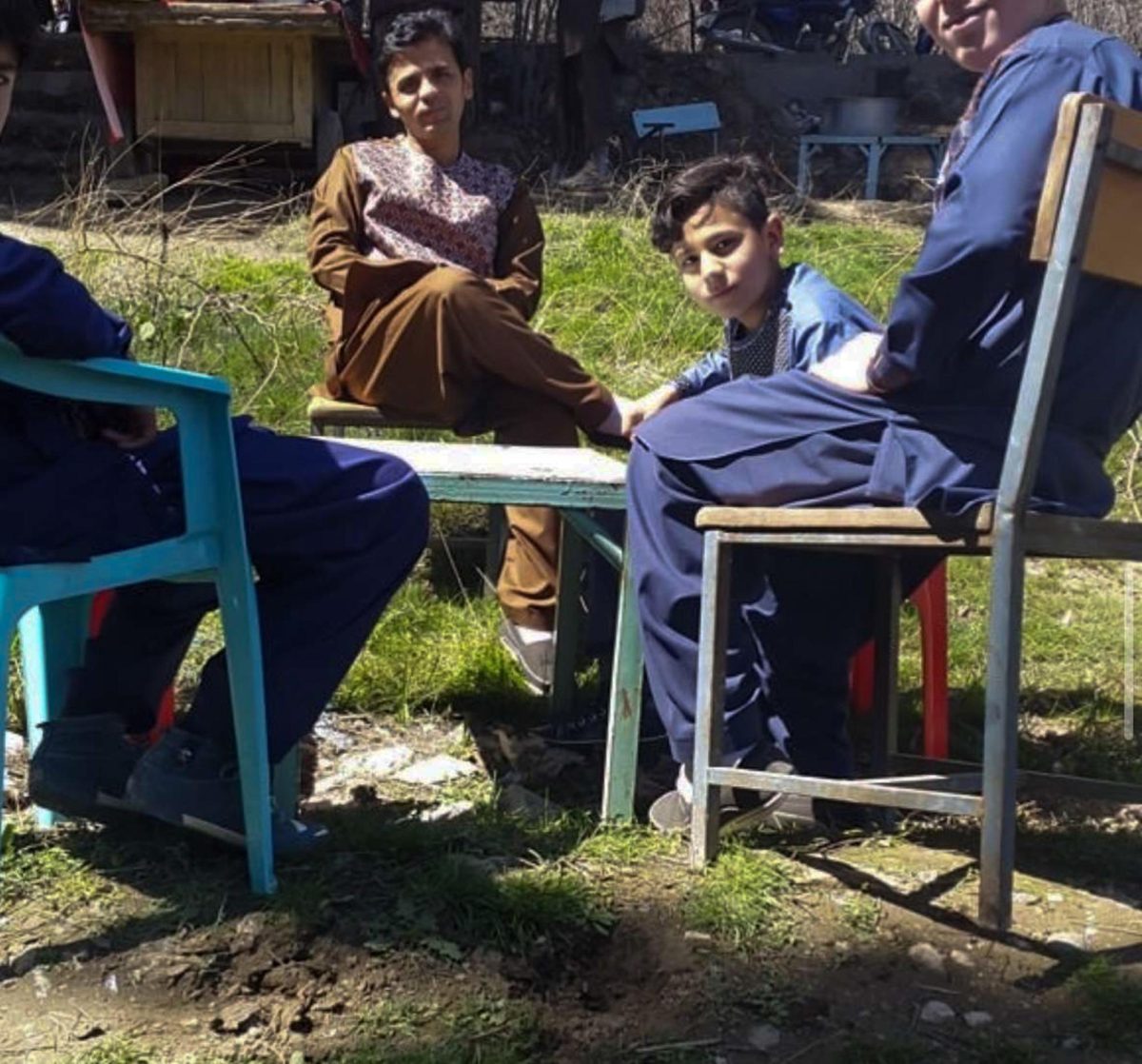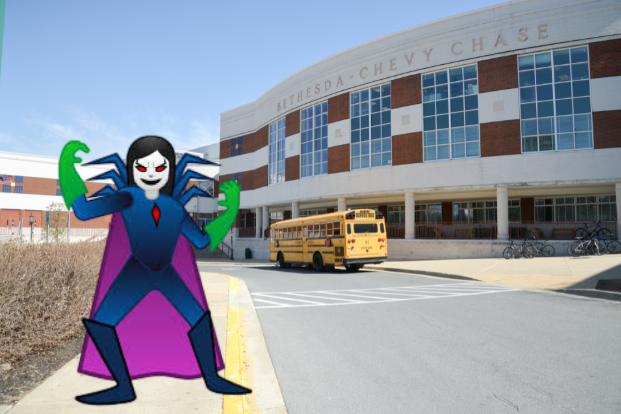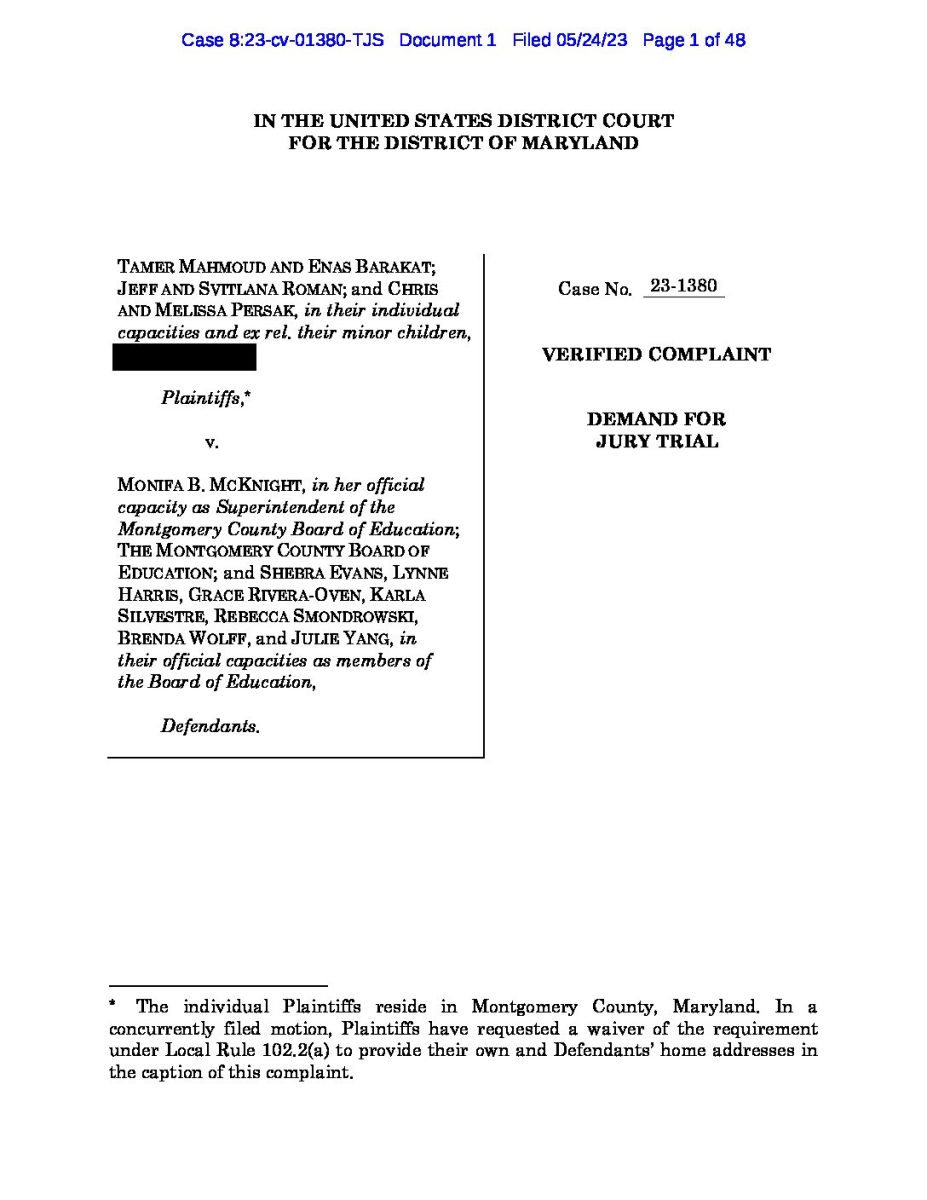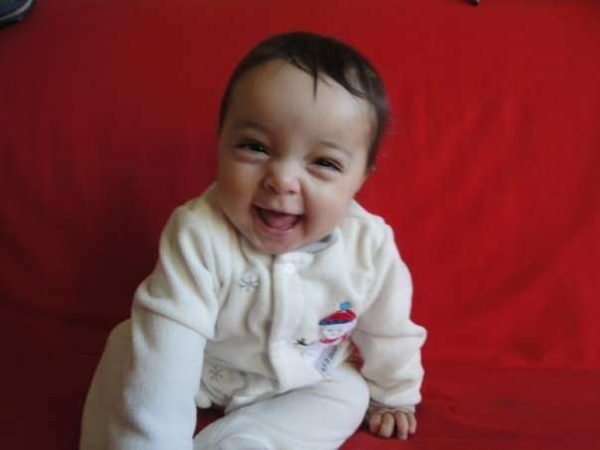B-CC is a school that prides itself on its multilingual World Language program. One would expect its approval by its student body to reflect that as well. However, that may not be the case. The classes from the World Language program suffer from disparities in course level, a lack of engaging reading material, and repetitive coursework. The school’s two most popular world languages, Spanish and French, seem to be the harshest recipients of this problem. As a school with a strong emphasis on multilingual learning, B-CC and its teachers should be more open to the modification of world language curricula.
Different World Language classes experience different types of problems. In the Spanish classes, a prevalent issue seems to be the inclusion of unnecessary or outdated material. “If I could change one thing about the class or the Spanish curriculum at B-CC, I’d get rid of us learning about the ‘vosotros’ conjugation, which is used only in Spain,” said Kareem Bajauri, a freshman at B-CC. Like many others, Kareem thinks conjugation and vocabulary are the most challenging aspects of the Spanish curriculum. The inclusion of this “vosotros” conjugation has been a hot topic in the school for many years, with some teachers at B-CC attempting to find ways to exclude it from the curriculum.
Another issue in the Spanish curriculum is the lack of engaging source material, which makes it harder for students to stay attentive. “We’re reading stuff that was written in the 14th and 16th centuries, and I’d rather us read more modern types of books,” said Alanna Rivas-Rogers, a senior in IB Spanish 7 HL. She thinks that her class’ assigned reading materials are heavy and difficult to comprehend. To engage more students, the Spanish class should emphasize more discussion-based material rather than solely focusing on reading, addressing a clear discrepancy between what students learn in the classroom and what would be better for them to learn.
These issues are not exclusive to the Spanish curriculum at B-CC. “I have a friend taking French, we’re both in the HL class for our respective languages,” Alanna said. “I know her class is more focused on vocabulary and comprehension, whereas we’re doing literature. I think there’s a little disparity there, where the focus hasn’t switched yet to doing less of comprehension and more of an analytical, literature-focused class.”
While this seems to be a very prevalent complaint, there may be a reason for this. “In our French classes, we’re practicing with non-native French speakers, which makes it more difficult to keep building the language up. But yes, I don’t think French 5, for example, is on the same level as a Spanish 5 class,” said Derin Oncel, a junior and a student in IB French 5. This has been noted by many students in both Spanish and French classes with peers in other language classes. “During the summer, a lot of us don’t really get homework or get to practice… I think considering we’ve been taking French for five years, we should be better, but we are not.”
While B-CC’s World Language program has strong goals, students’ experiences show that its quality varies widely between languages and levels. Outdated materials, uneven teaching methods, and differences in course focus make it hard for a lot of students to stay engaged and feel confident in their skills. If B-CC wants its language program to live up to its reputation, it should implement more changes that help students thrive and be open to their suggestions.






